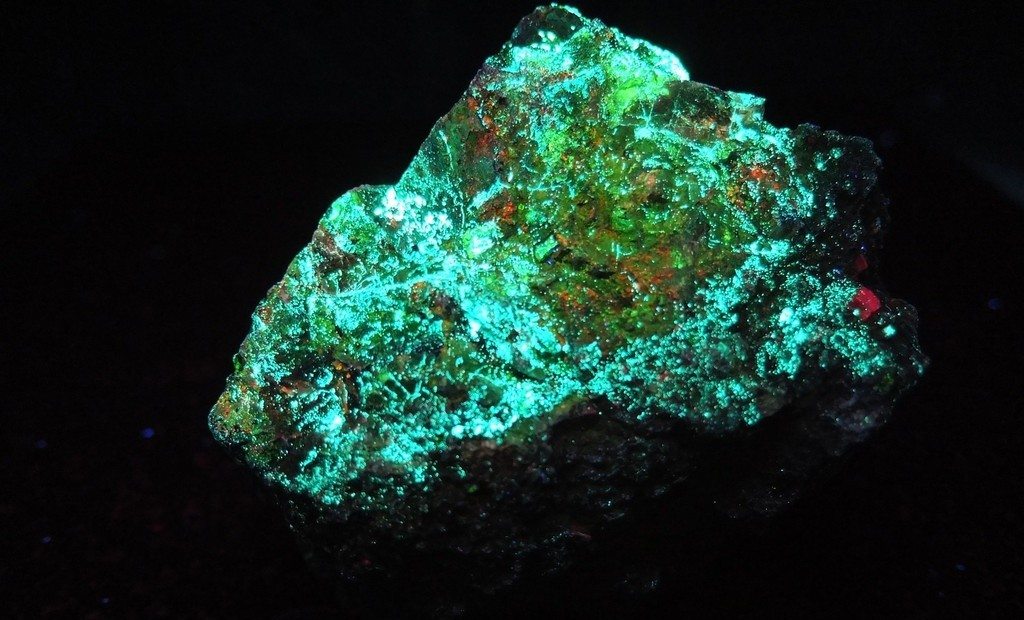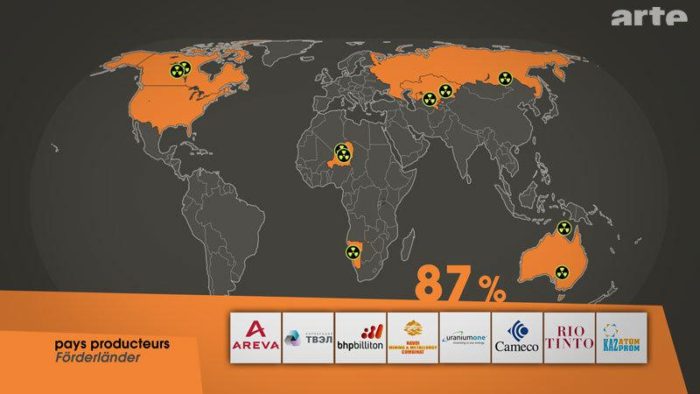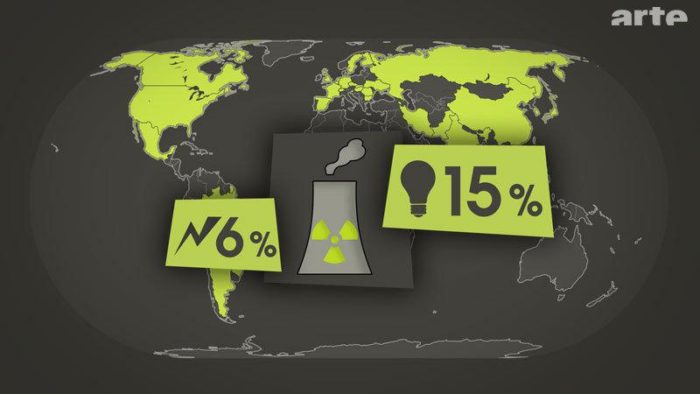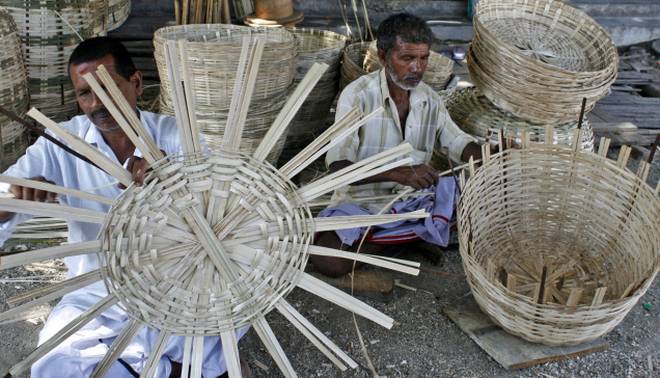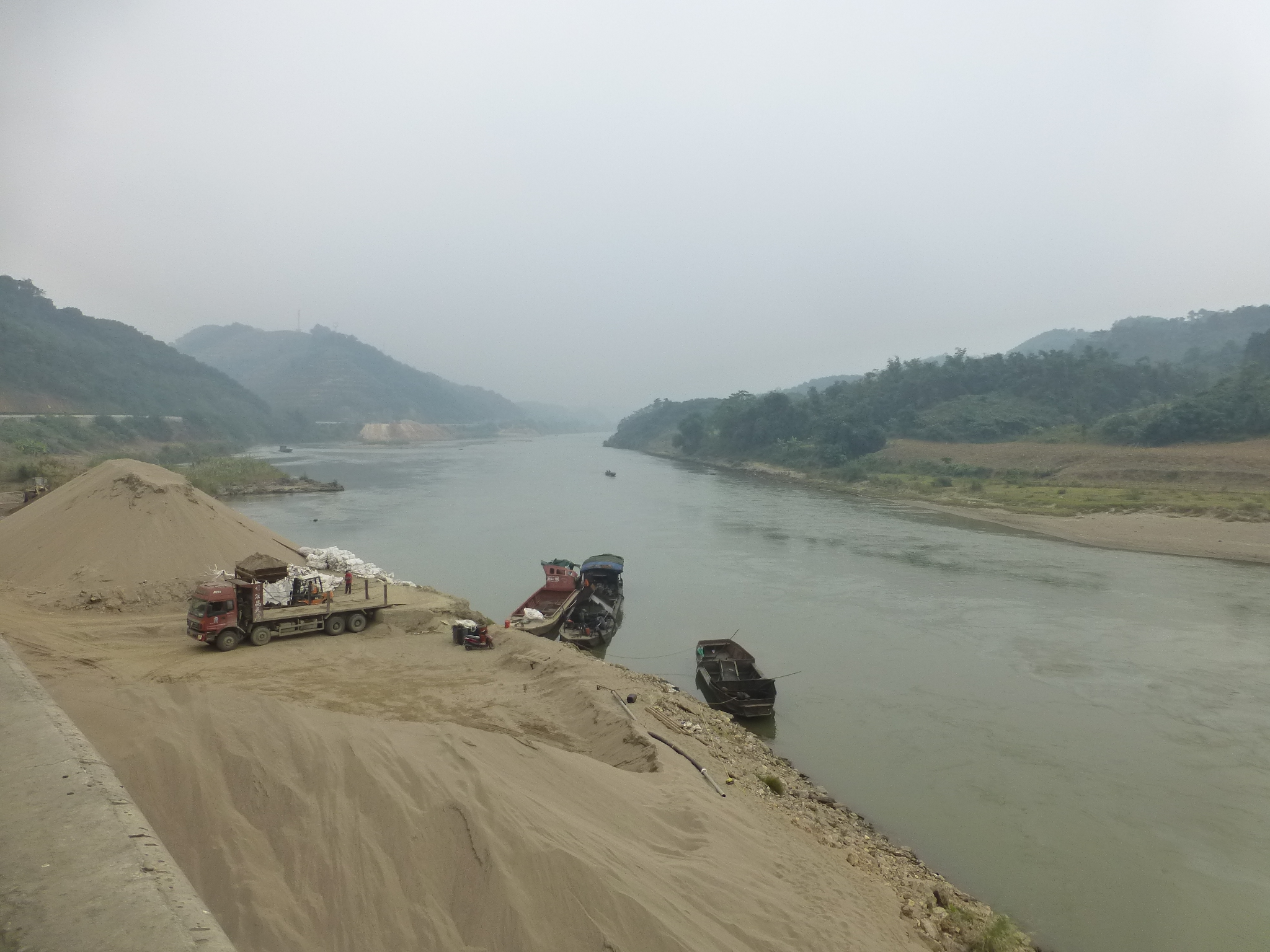Category: Resource Management
De Beers’ move into synthetic diamonds
De Beers company, the diamond pioneer that has operated mines from the Arctic to South Africa, which has convinced the world that “a diamond is forever” and strongly believed that only mined diamonds are real and rare, is now getting into the lab-created diamond business.… Read More

The Beast Below
“And once every five years, everyone chooses to forget what they’ve learned. Democracy in()action.”
The Eleventh Doctor, Doctor Who
The quote above is from the episode The Beast Below, from Doctor Who.… Read More
The Rarest Diamond
It is estimated that there are only 30 red diamonds in the world, with each being less than half a carat. Its red color is due to an atomic deformity caused by extreme pressure.… Read More
Resource Card : Uranium
Principal region of extraction : Canada, US, Russia, Australia, Kazakhstan, Niger, Namibia
Method of extraction : in 2012
- in-situ leach (44.9%)
- Underground mining (26.2%)
- Open pit (19.9%)
- Heap leaching (1.7%)
- Recovering from seawater (residual)
Stakeholders : Producing States, Multinationals (see map above), States using uranium to produce electricity (see map below), miners, local populations, some NGOs, supranational organs (UN, EU…)…
Key issues :
- Health risks of uranium mining : lung cancer
- Need for clean-up efforts
- Environmental effects : impact on surface water quality and quantity, groundwater quantity and quality, soils, air quality and biota
- Management of waste and its environmental consequences
- Industrial accidents (Chernobyl, Fukushima…)
- Distribution of income
Exchange rate : NYMEX : 24.40 USD (-2.40%)… Read More
Resource Card : Diamond
Main regions of extraction : Botswana, Russia, Canada, Namibia, Angola, South Africa, Zimbabwe, Australia, Congo (in 2015)

Method of extraction : industrial or traditional
- Pipe mining (primary deposits): open-pit mining, underground mining
- Alluvial mining (secondary deposits)
- Marine mining
Process of recovery :
1- Crushing
2 – Scrubbing
3 – Cyclonic separation plant
4 – Recovery
5 – Cleaned, weighted and packaged
Stakeholders : States, mining firms, luxury goods industry, customers, rebel armed groups, workers…
Key issues :
- Conflict/blood diamond : human right abuses, labor conditions, child labor, violence, civil wars…
- Kimberley Process : ignores some issues (human rights abuse, environment…)
- Environmental costs : land and water devastated
- Illegal mining
- Traceability
Exchange rate : Mineral : Nasdaq OTC Bull : 0.0228 USD (+3.64%)
Other key words :
4 C’s : cut, clarity, color, carat weight
Synthetic diamonds
Ethical diamonds
Intersection of Forest Protection Act with Traditional Bamboo Weavers
As Forest Protection Laws became more stringent in India, the access of local inhabitants into forests became heavily restricted. I was in based in Dewas District of Madhya Pradesh (Central India) for a year in 2016 when I got in touch with Jhabral tribal community, a traditional bamboo weaving community.… Read More
The Urgent Need for Groundwater Governance: Role of Local Communities
While the groundwater is drawn to unsustainable levels at a global level, can local communities provide a solution to restore depleting water table? Hiwre Bazar is a model village in India known for its water restoring management.… Read More
A Heist by the Riverside: Proliferation of Sand Mining and Potential Reforms
1
A cursory glance of existent literature gauging the frequency and impact of environmental disasters on riverine settlements reveals worrying trends. These localities –transcending national divides – have become increasingly prone to crippling flash floods, accelerated soil erosion and dwindling groundwater levels.… Read More
Finland, the new lithium powerhouse?
Lithium is in high demand all over the world. Now mining for the valuable metal is about to start in Finland.
There are only very few places where lithium is enriched to levels that allow for commercially viable production.… Read More


